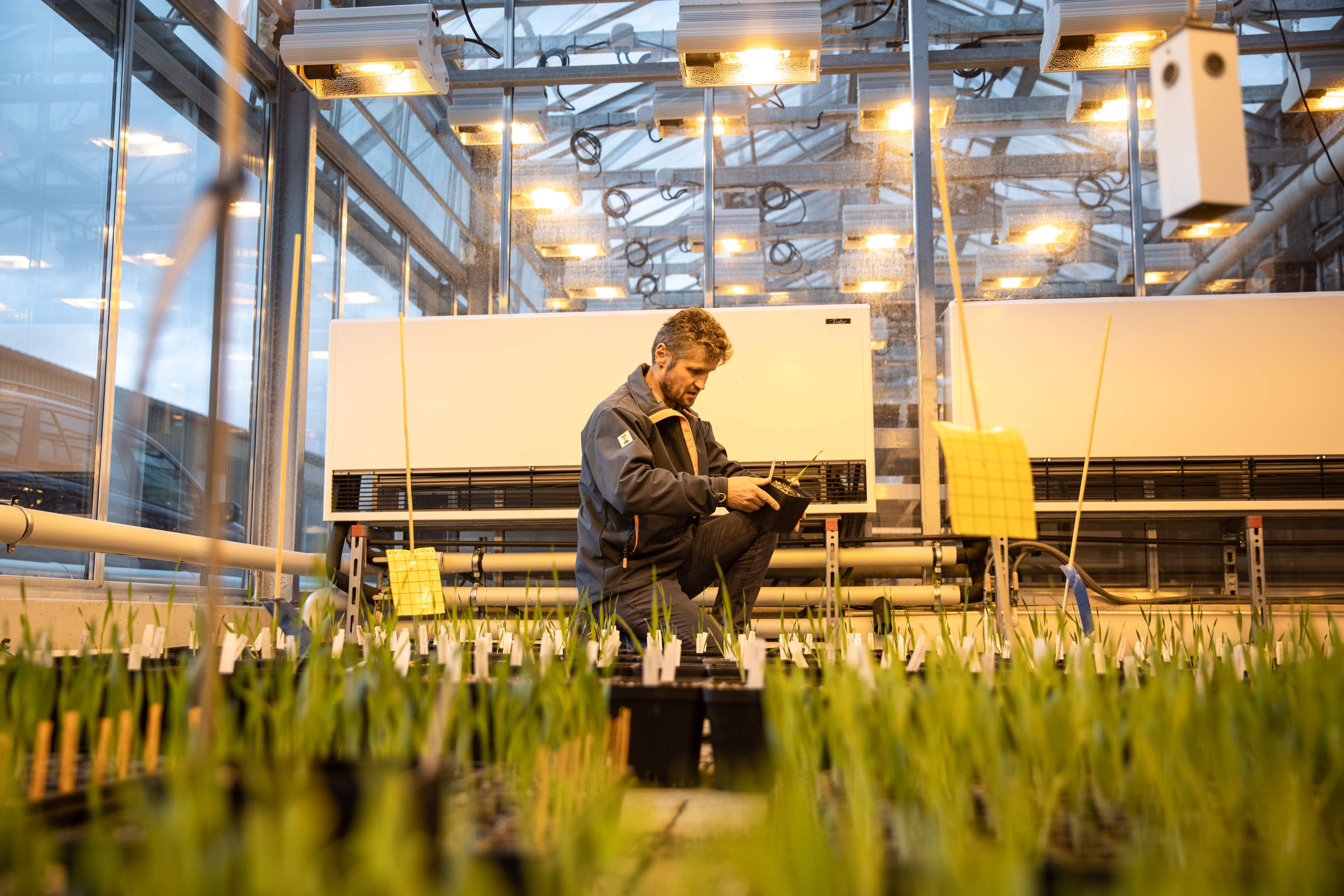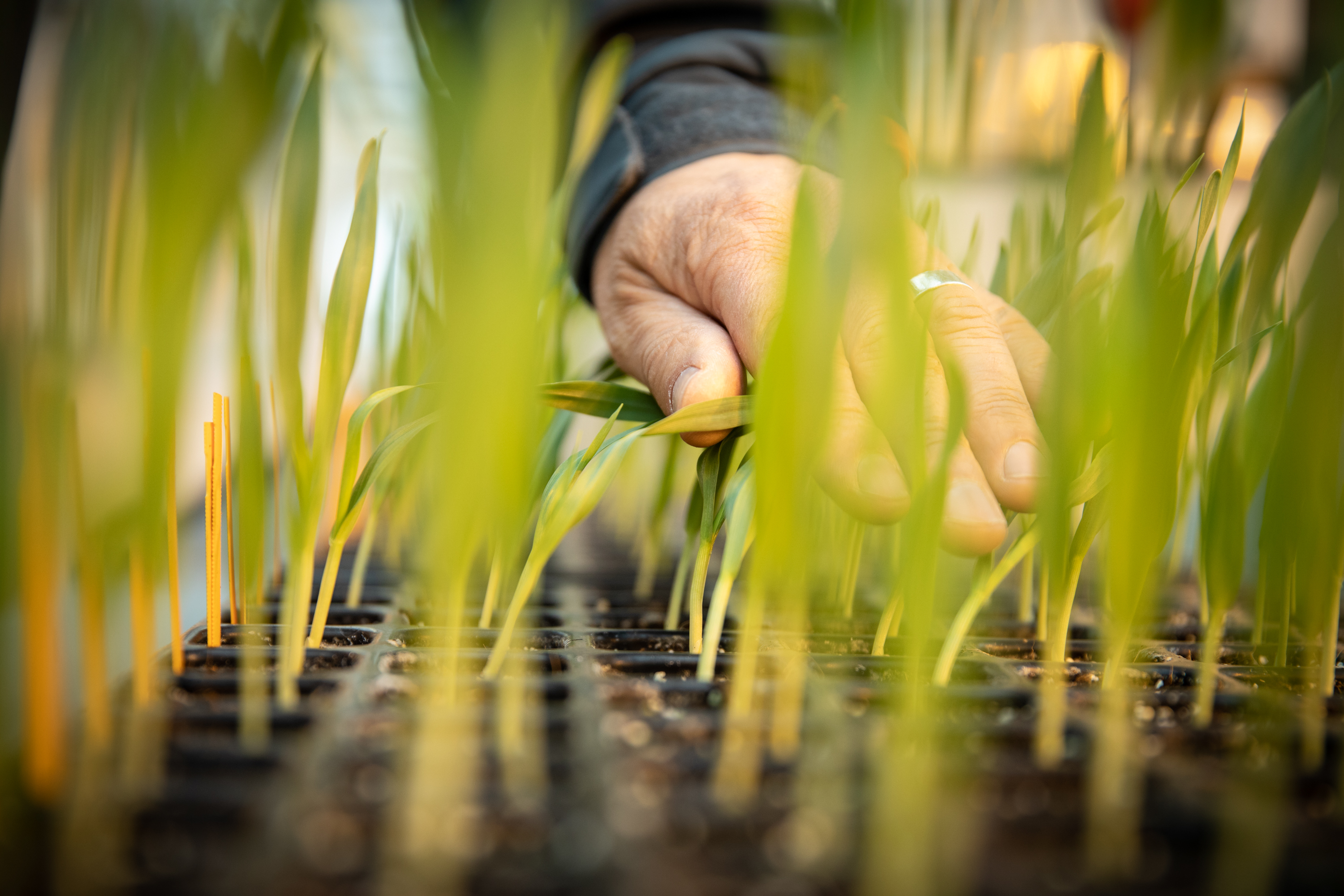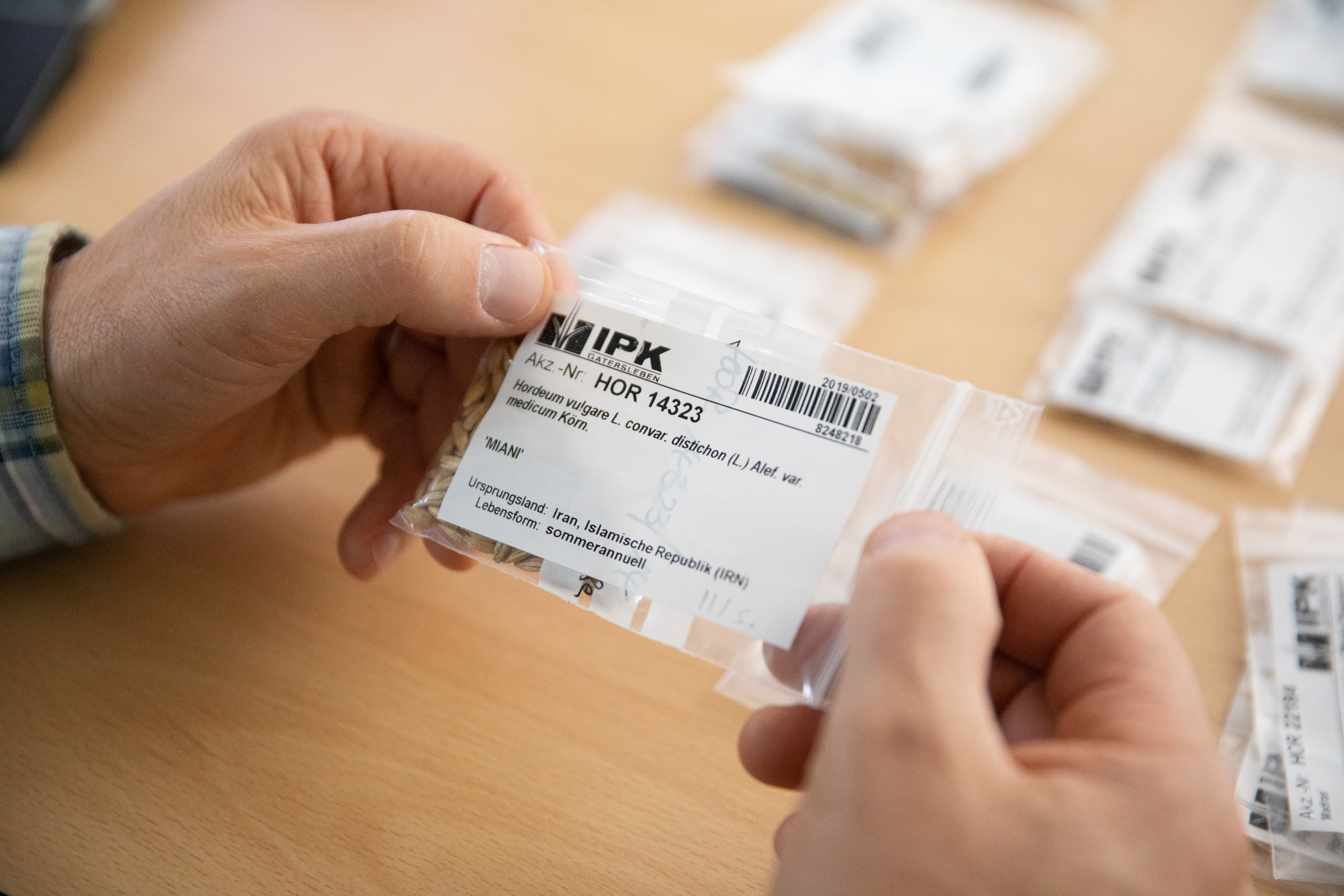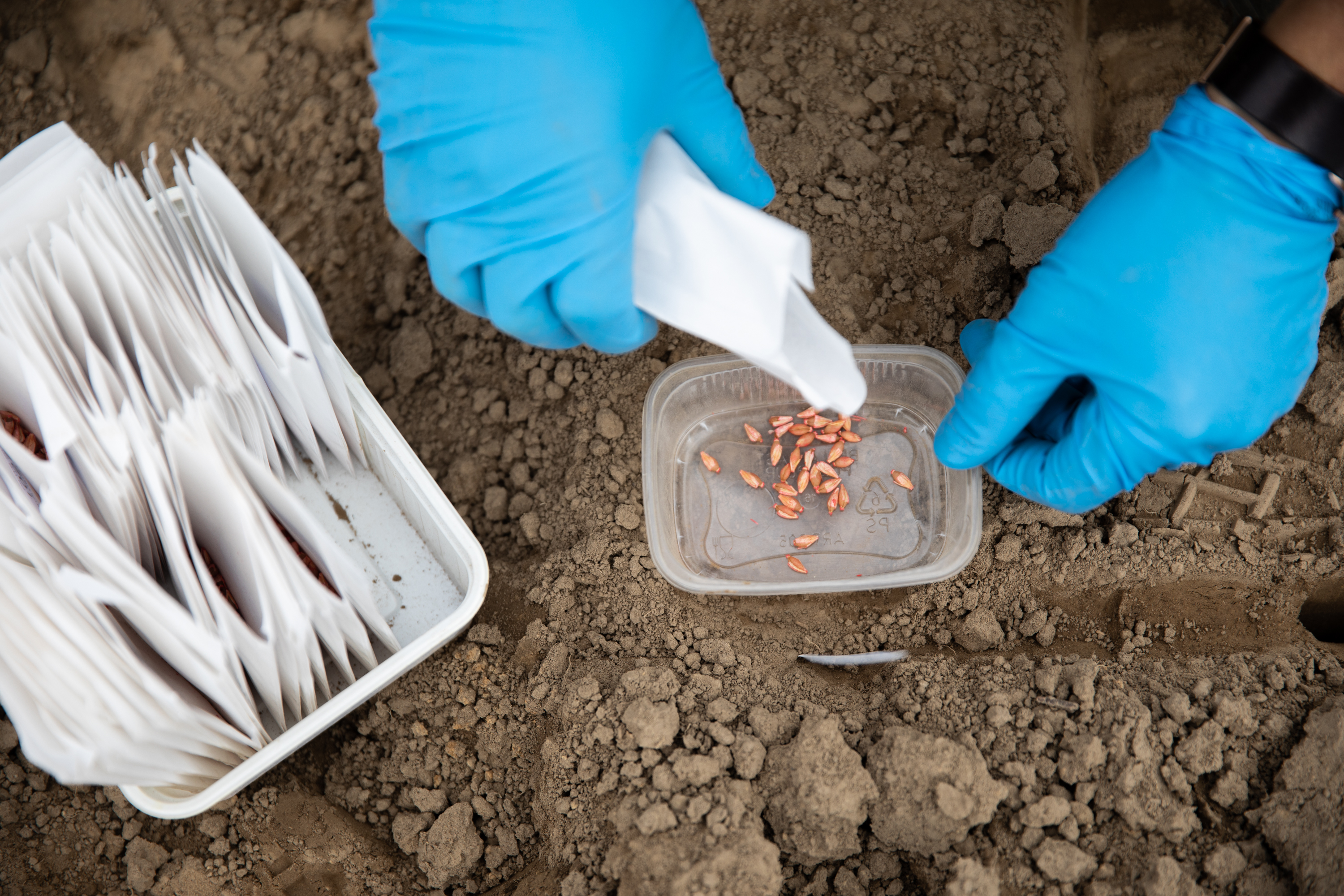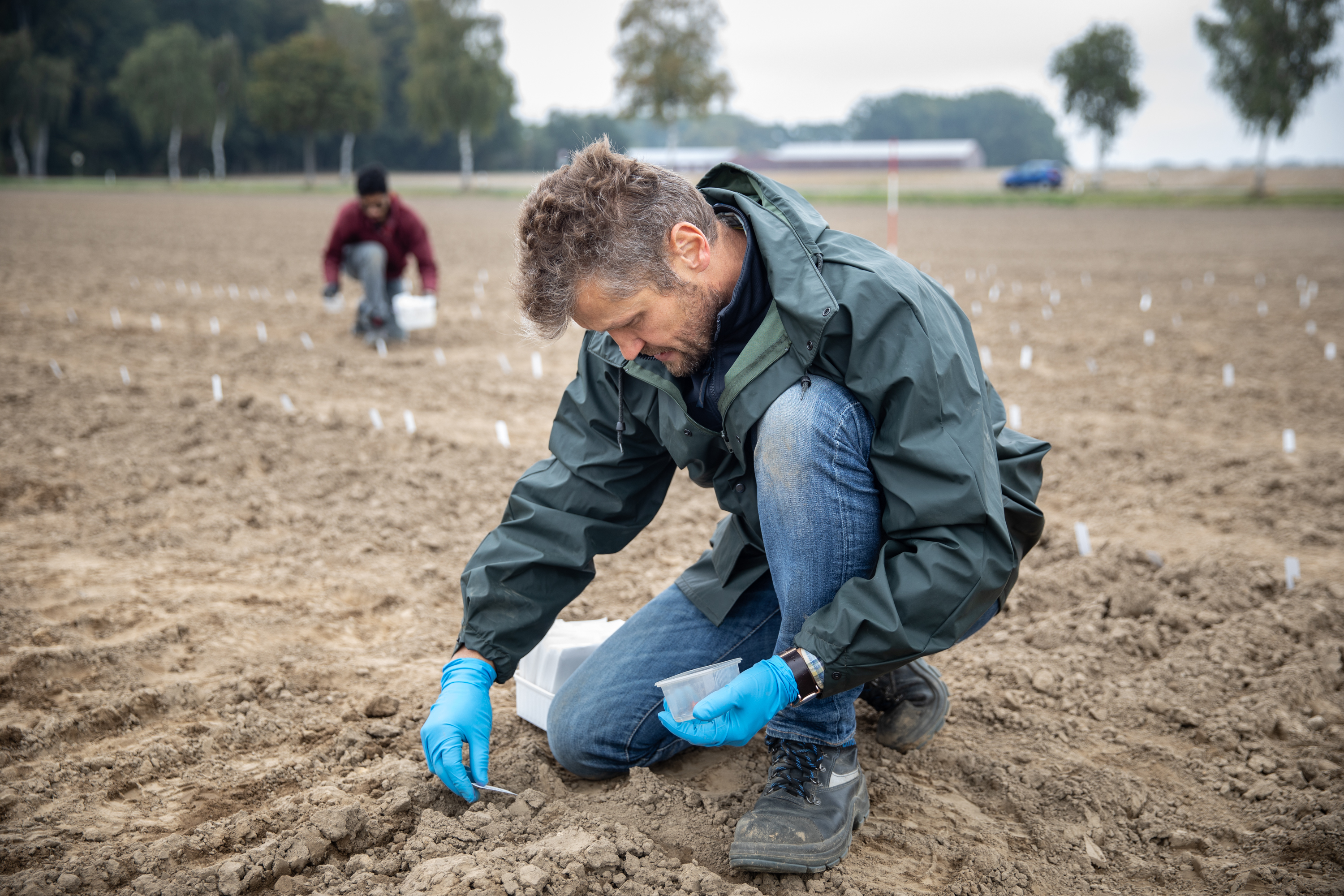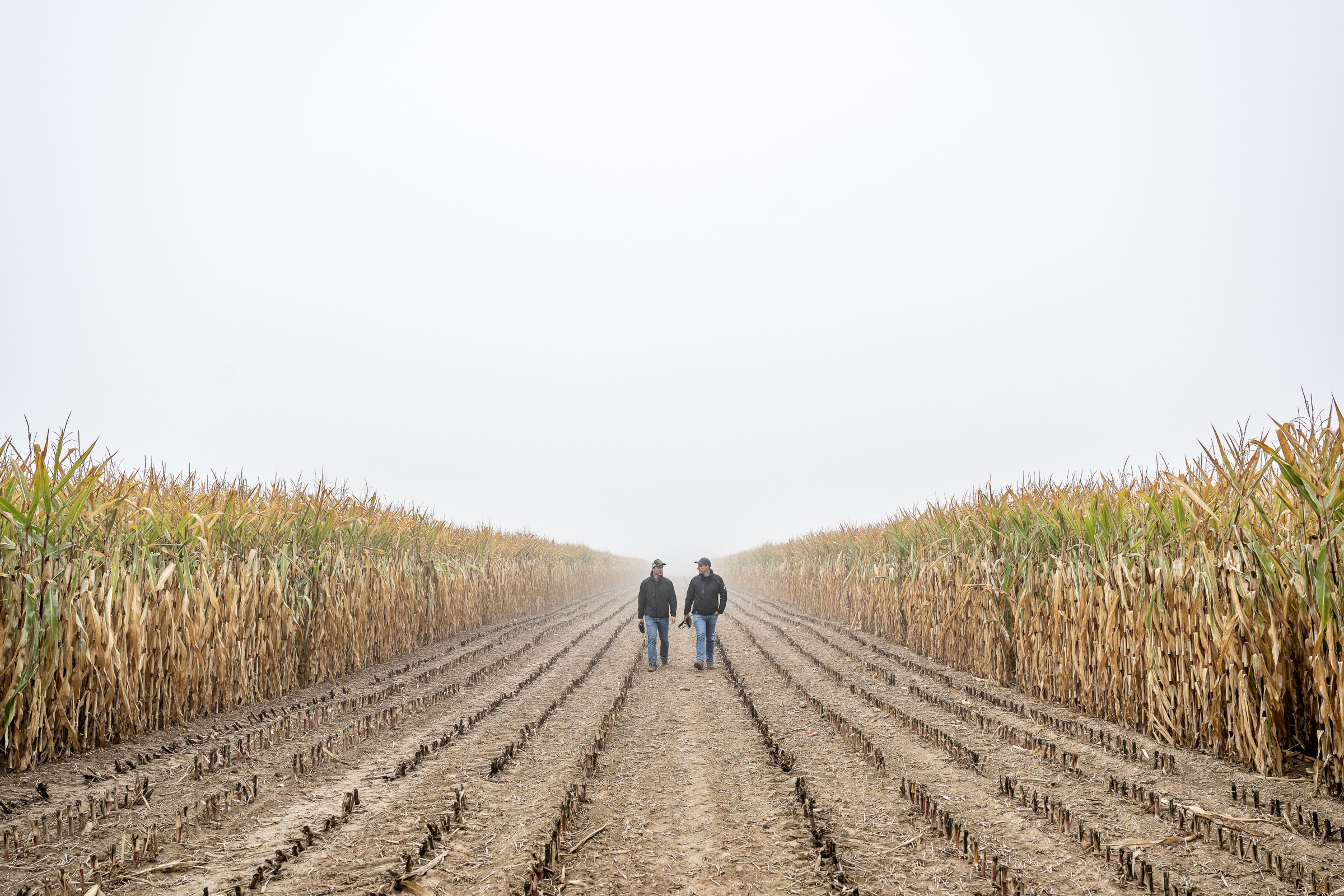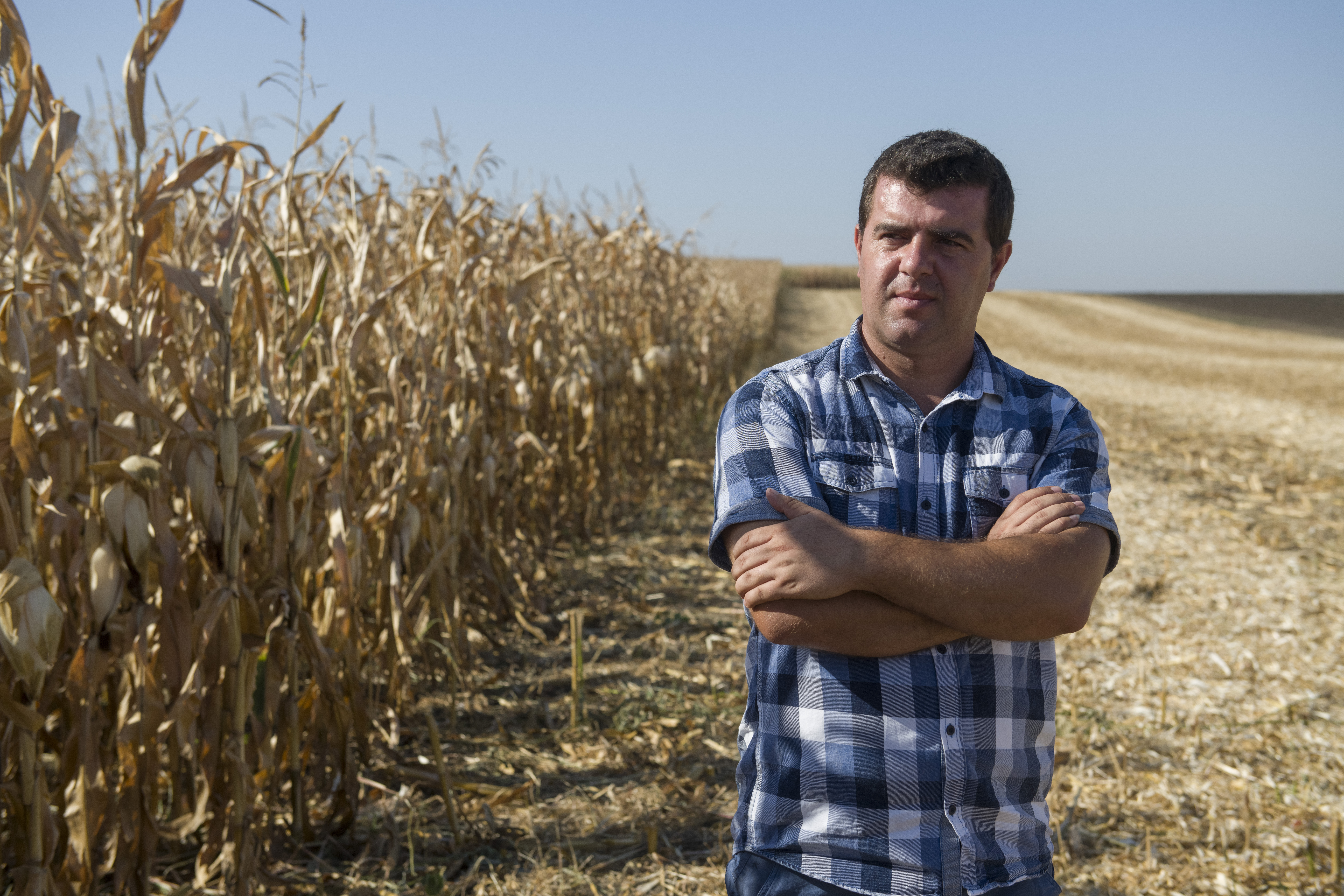Searching for resistance
The purpose of pre-breeding is to adapt the available breeding material in terms of resistance and yield to changing environmental conditions. To obtain the genetic diversity needed for this process, pre-breeders like Klaus Oldach cross exotic material, which comes from such sources as gene banks, with their own breeding material.
Video: Pre-Breeding explained
The importance of the PAN Genome
Most of the genes are identical in all varieties of barley. This so-called Core Genome is for example responsible for the primary metabolism. Barley also has a Dispensible Genome, a series of genes that are specific to a particular barley plant. In landraces, these genes arose as adaptation to environmental conditions. Core Genome and Dispensible Genome together make the PAN Genome. It represents genetic diversity and is a key factor in breeding.
Discover more
Your contact person

Christina Schulze
Expert Corporate Communication Storytelling Global Marketing & Communications



